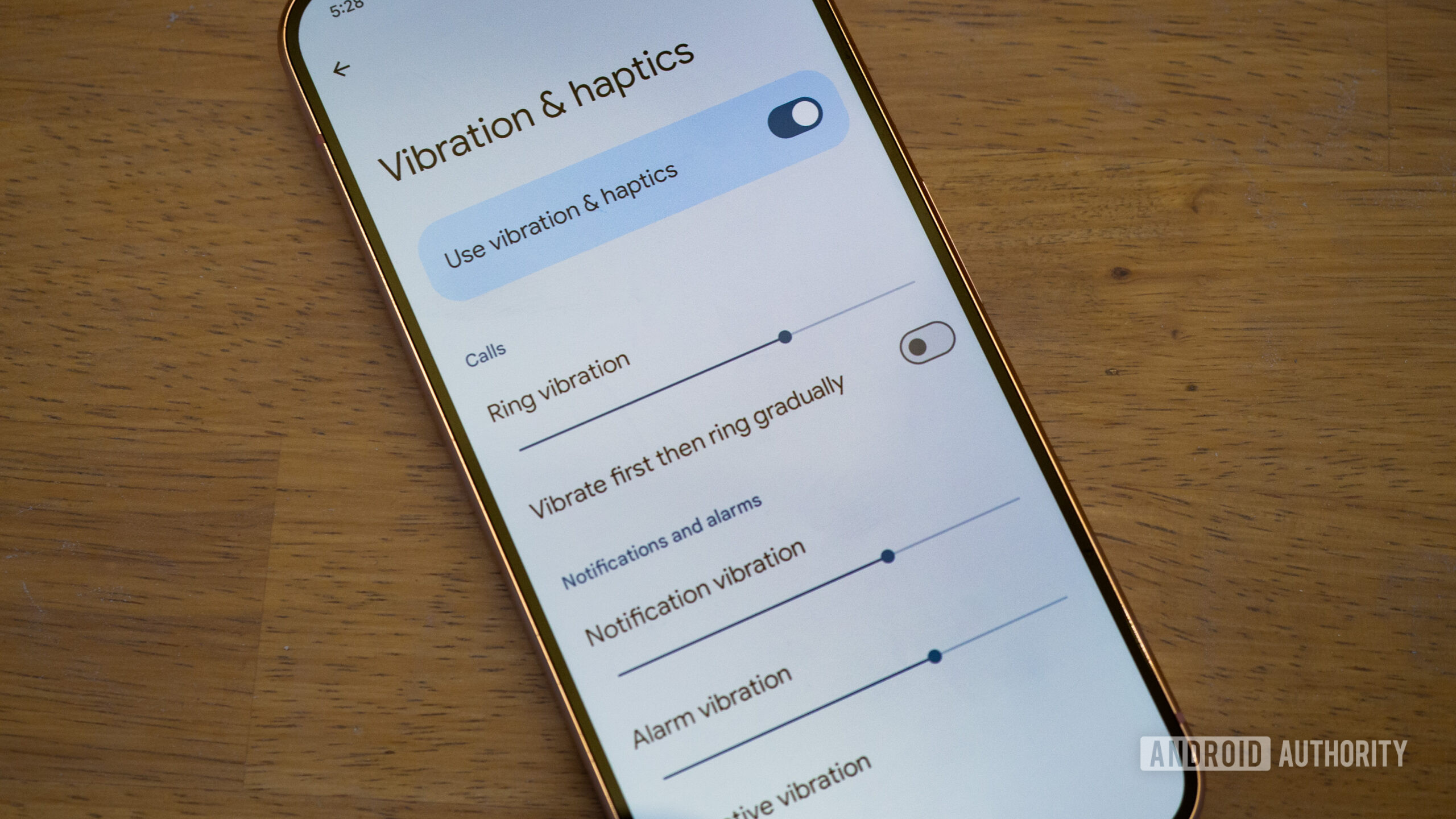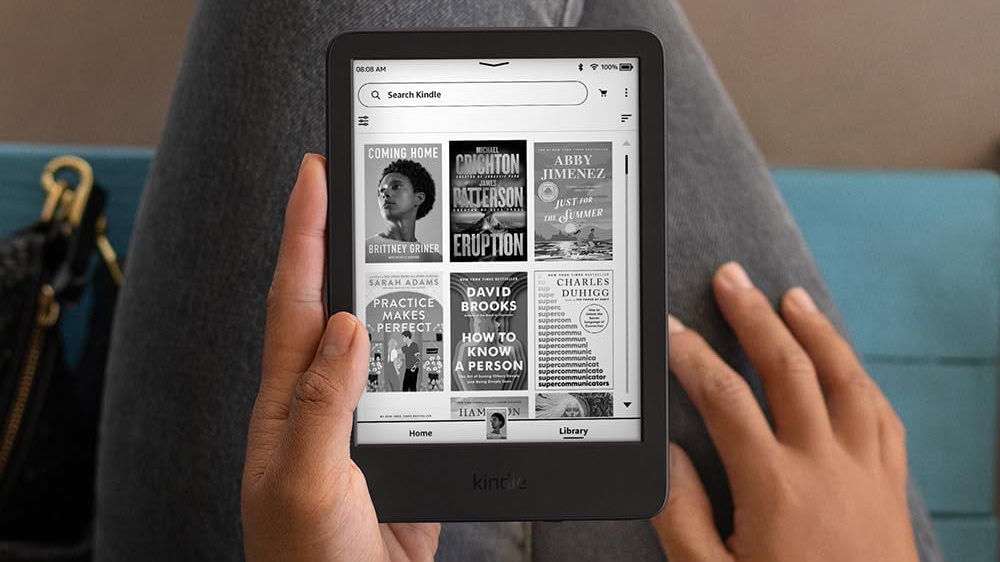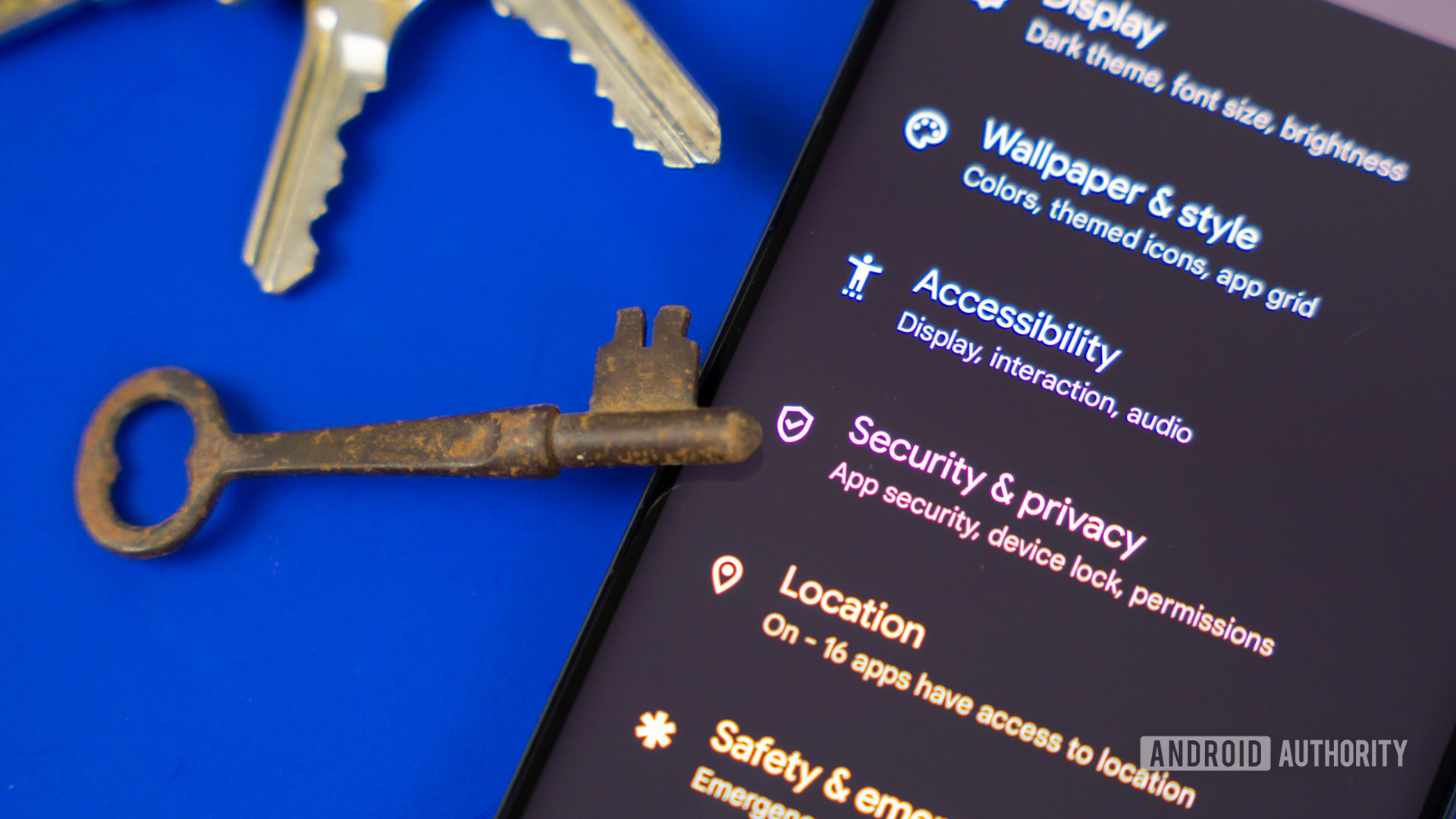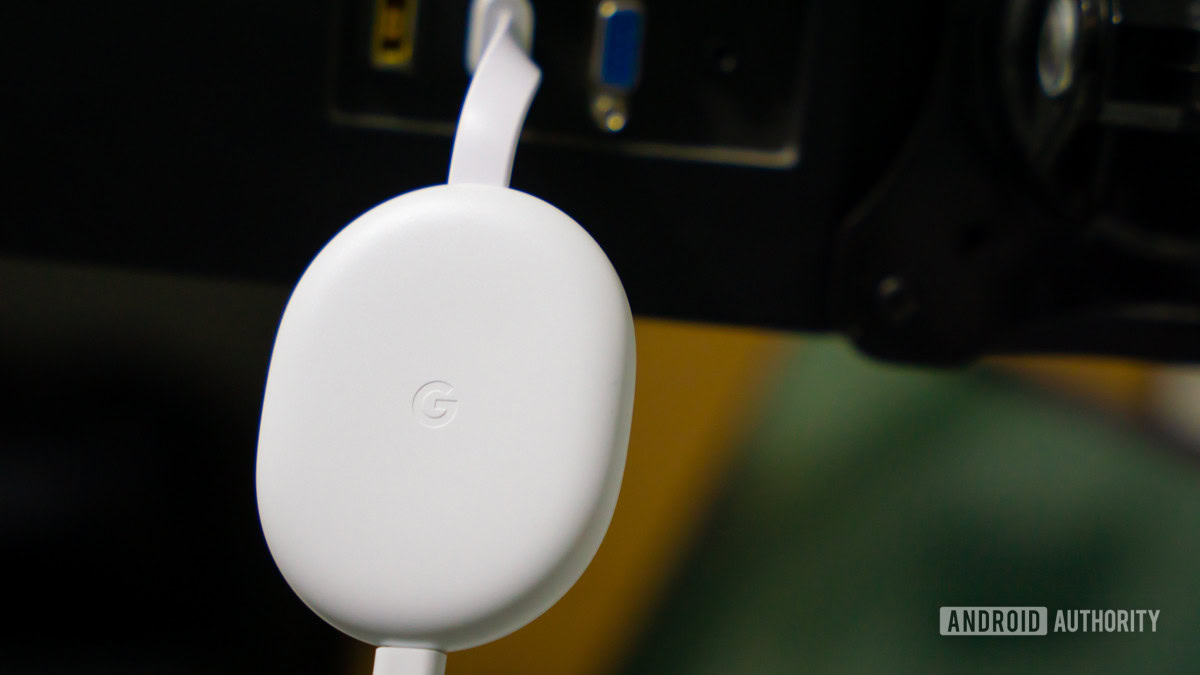
Rita El Khoury / Android Authority
It’s been 20 years since I purchased my first phone, and in these two decades, one rule hasn’t changed: no vibration. Ever. No keyboard haptic feedback, no vibration with phone calls, and definitely no vibration for messages. Every time I bought a new phone, smart or not, I got irked by the constant buzz in my hands and ended up rushing to the settings menu to disable it. It’s literally one of the first settings I change and the one I never touch after.
So when Android 15 rolled out to my Pixel 9 Pro with a new “Adaptive vibration” setting, you can imagine that my first reaction was to shrug that off as a feature I would — quite literally — never use.
Then I started thinking: I’ve used Adaptive brightness on my Pixels for years, I appreciate the feature, and I’ve stopped tinkering with my phone’s brightness slider because of it. The regular “auto” setting never worked for me — I still had to constantly reach and change the brightness percentage — but adaptive brightness took over and made manual adjustments a rare occurrence for me. I’ve also kept Adaptive connectivity, charging, and battery enabled on my Pixel and trusted them to manage my phone’s charging, battery consumption, and Wi-Fi and 5G connectivity. So why would I shun Adaptive vibration? Why not give it a chance?
For 20 years, I've disabled any kind of vibration or haptic feedback coming from my phone. But Android 15 made me challenge that rule.
That’s how I ended up with a small challenge and an experiment for myself: Turn on Adaptive vibration for a few days and see how much I can live with it or how much I hate it. I had promised myself that I’d do it for a week — seven full days of pure torture, I believed.
Well, here we are, 15 days later, and I just realized that I’d kept Adaptive vibration enabled on my phone. Wait, what?! 20 years of steadfast conviction down the drain in two weeks?! Weirdly, yes.
Rita El Khoury / Android Authority
It turns out that I don’t absolutely abhor with the utmost abhorrence the vibrations coming from my phone. I do, however, unequivocally hate when they disrupt me. The adaptive setting makes it so they don’t really disturb me; they just nudge me with the appropriate strength, depending on where I am and what I’m doing.
Walking down a busy Parisian street and getting a phone call? My phone nearly bounces in my pocket, so I know I should pick it up. Sitting in the calm of my own home? A gentle buzz suffices. In these two weeks, I don’t recall a single time when I got a phone call and thought, “Oh, boy, I need to turn this off now!” And I say this having been in the middle of a move and a renovation, so I’ve been getting way more calls than usual. The vibration didn’t irk me with any of them.
I discovered I don't hate vibrations, I just hate when they really disrupt me.
However, you’ll notice that I’m not talking about app notification vibrations; it’s because I completely silence all of them by principle. I don’t need the buzz of a million apps taking my attention away from my work or my life, but I allow the most important ones to buzz my Pixel Watch 3. Everything else can wait until I decide I have time to check my phone. That’s part of my own digital detox setup, and it’s not something I was willing to sacrifice for the sake of this experiment. If you do keep app notifications on, the adaptive setting should work the same way, lowering the buzz in calmer environments and raising it in busy places.
Still, not everything has been perfect. Over the last two weeks, there were times when I definitely noticed something off, and that’s in the morning or at night when it’s super calm all around me and I’m typing or scrolling. Even the smallest haptic feedback creates a sound that disrupts the stillness, and since my husband is a late sleeper, it makes him toss and turn. No more answering Slack messages at 7 AM or doomscrolling Twitter at 2 AM, or I risk waking him up. I guess that’s a good thing for my health, but I’d love to make my own bad choices, so I’ll probably end up disabling haptic feedback altogether.
Eventually, I guess I can say that I’ve made partial peace with my phone’s vibration feature thanks to Adaptive vibration. I’ll still be keeping it on and relying on it for alarms and phone calls, but for apps and haptic feedback, absolute silence is still my best friend.








 English (US) ·
English (US) ·